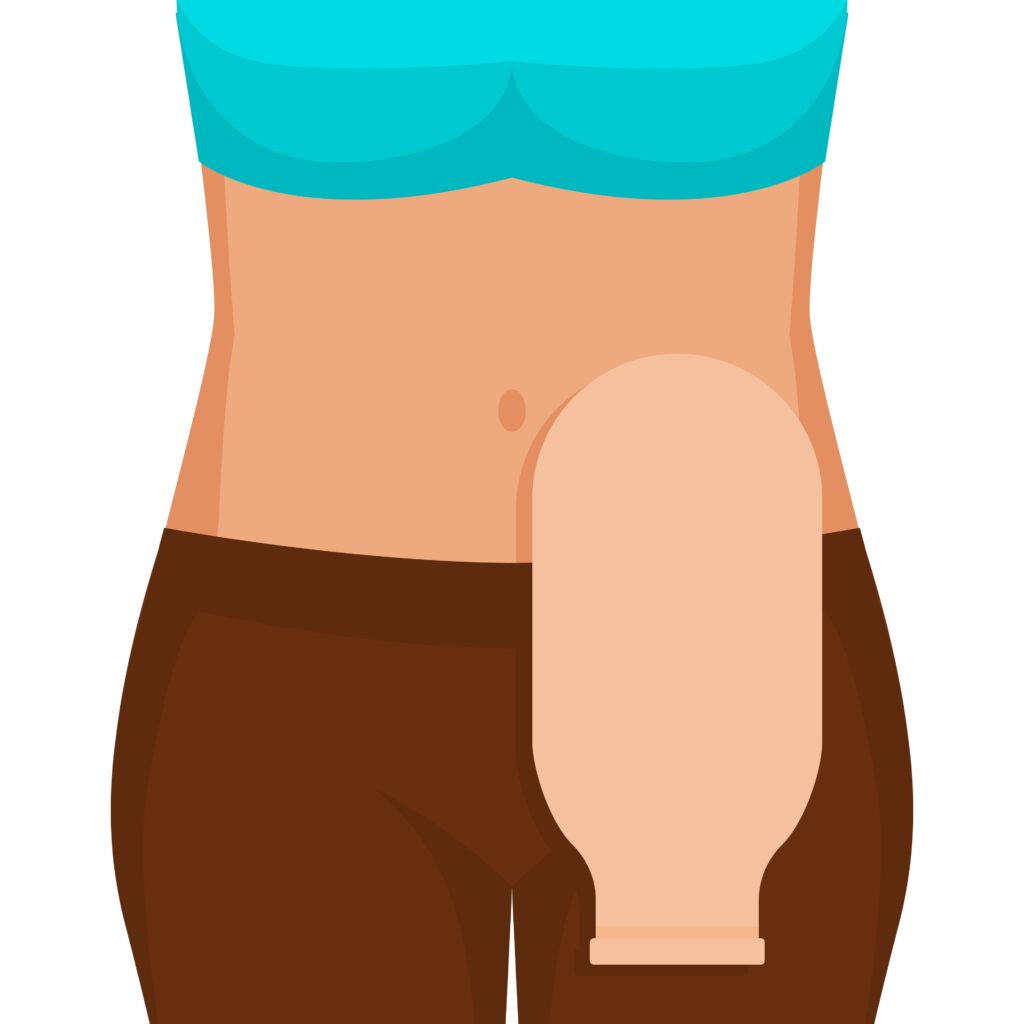Ostomy - Introduction
What is an Ostomy?
Ostomy
An ostomy causes a change in the way urine or stool exits the body as a result of a surgical procedure. As a result, bodily waste is rerouted from its usual path because of malfunctioning parts of the urinary or digestive system. For example, they can be temporary or permanent. In addition, surgical procedures that involve the creation of an artificial stoma have names that typically end with the suffix “-ostomy”
Stoma
A stoma is the opening created by ostomy surgery. In addition, it is dark pink in color. For instance, a mouth, a nose, and an anus are natural stomata (plural for stoma). Importantly, any hollow organ can be manipulated into an artificial stoma as necessary. For example, this includes the esophagus, stomach, duodenum, ileum, colon, pleural cavity, ureters, urinary bladder, and renal pelvis.
As a result, for most ostomies, a pouch is worn over the stoma to collect stool or urine or a tracheostomy is done for breathing problems. Let’s read further for a brief on ostomy – introduction.

Types of Ostomies
Tracheostomy
A tracheostomy is the first ostomy – introduction topic we will cover. It is a surgery that creates an opening through the front of your neck into the trachea (windpipe). As a result, a tracheostomy tube is usually put through this hole into the windpipe. However, the word tracheostomy is commonly used to describe both the surgery and/or the tube. Tracheostomy tubes allow people who cannot breathe on their own to be connected to a ventilator (breathing machine) or receive additional oxygen, for instance. Furthermore, it also allows air to bypass an injury or blockage in the upper part of the windpipe to reach the lungs.
Colostomy
The surgically created opening of the colon (large intestine) which results in a stoma. A colostomy is created when a portion of the colon or the rectum is removed and the remaining colon is brought to the abdominal wall. In addition, it may further be defined by the portion of the colon involved and/or its permanence.
Urostomy
This is a general term for a surgical procedure which diverts urine away from a diseased or defective bladder. The ileal or cecal conduit procedures are the most common urostomies. Either a section at the end of the small bowel (ileum) or at the beginning of the large intestine (cecum) is surgically removed and relocated as a passageway (conduit) for urine to pass from the kidneys to the outside of the body through a stoma. Moreover, it may include removal of the diseased bladder.
Ileostomy
A surgically created opening from the ileum, the lowest part of the small intestine. The intestine is brought through the abdominal wall to form a stoma. In addition, Ileostomies may be temporary or permanent, and may involve removal of all or part of the colon.







